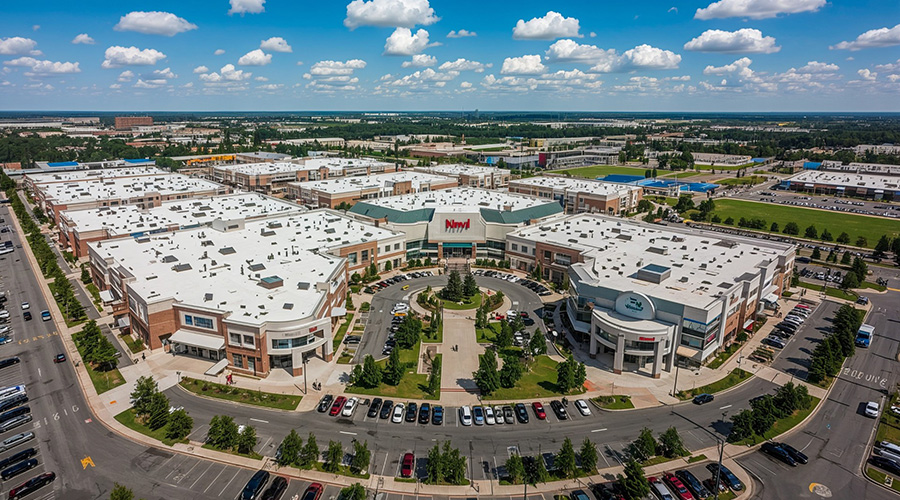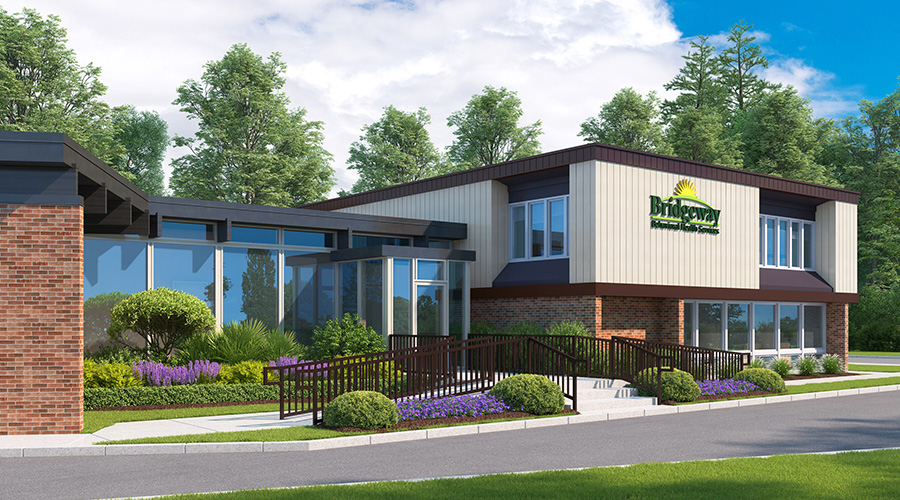Most healthcare facilities likely have some sort of disaster plan in place. However, as a recent article in Health Facilities Management notes, many of these strategies tend to be piecemeal plans that have been collated on a department-by-department basis over time.
From such recent disasters as Hurricane Sandy to the Oklahoma tornadoes, it’s time for healthcare facilities to take a hard look at existing disaster readiness plans and see where gaps and loopholes might exist in these often untouched documents, the article says. Every healthcare facility should have a “master plan to defend its building, patients and staff members from both internal events, like fires and disruption of a piece of machinery, to external threats like terrorism, weather and epidemics,” the article notes.
In reassessing a disaster readiness master plan, collaboration is crucial. The article points out that this process requires early involvement from the design team, the hospital staff, emergency responders and local utility providers to determine the right blend of reliability, redundancy and flexibility for any space in question.
At times, this process might reveal the need for operational and structural upgrades. According to the article, one exceptionally large facility, in reviewing its emergency master plan through the efforts of a comprehensive, collaborative team, discovered an issue with its electrical service. While the service was generally reliable, the team learned that the facility was susceptible to electrical service interruptions because of how the utilities connected to the site. The utilities had little or no physical protection. Thanks to detailed attention early in the master planning process, the team opted to relocate the power sources to a remote location on campus and distribute it accordingly.
Such synergies from collaboration and teamwork – combined with an honest, hard look at emergency preparedness needs – can strengthen disaster readiness efforts at any healthcare facility.

 Healthcare Is the New Retail
Healthcare Is the New Retail Bridgeway Behavioral Health Services Launches Campaign to Renovate Health Center
Bridgeway Behavioral Health Services Launches Campaign to Renovate Health Center Ground Broken for New North Dakota State Hospital
Ground Broken for New North Dakota State Hospital AI Usage for Healthcare Facilities
AI Usage for Healthcare Facilities Ground Broken on Pelican Valley Senior Living Modernization Project
Ground Broken on Pelican Valley Senior Living Modernization Project